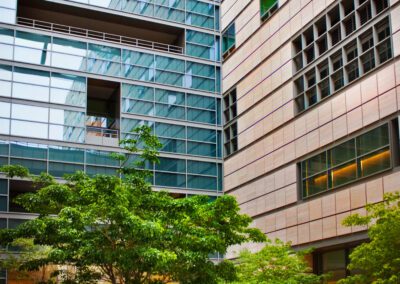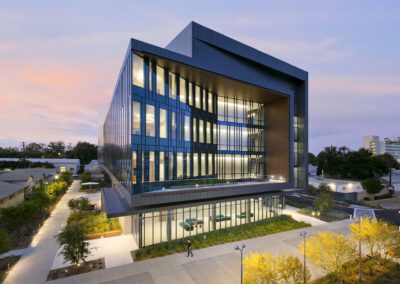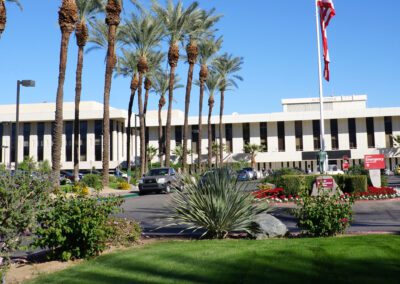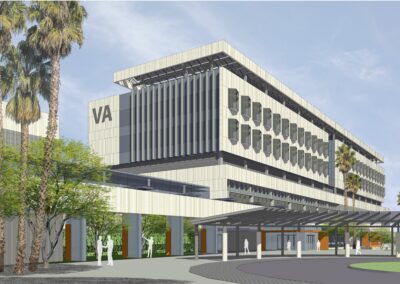MLK Medical Center Inpatient Tower Renovation & Ancillary Facilities
Details
- Size: 194,000 square feet
- Completion Date: 2013
Team
- Design Architect: HMC Architects
- Executive Architect: RBB Architects, Inc.
- Contractor: Hensel Phelps Construction Co.
Awards
-
Award of Excellence – Healthcare Category
2014 LA Business Council Architectural Awards
The renovation of the MLK Medical Center Inpatient Tower, which included four separate renovated structures and three newly constructed facilities, marked a long-awaited return of quality healthcare to South Los Angeles. It also allowed JAMA engineers to work once again on the campus’ inpatient tower, which the firm had designed as a base isolated structure in the 1990’s.
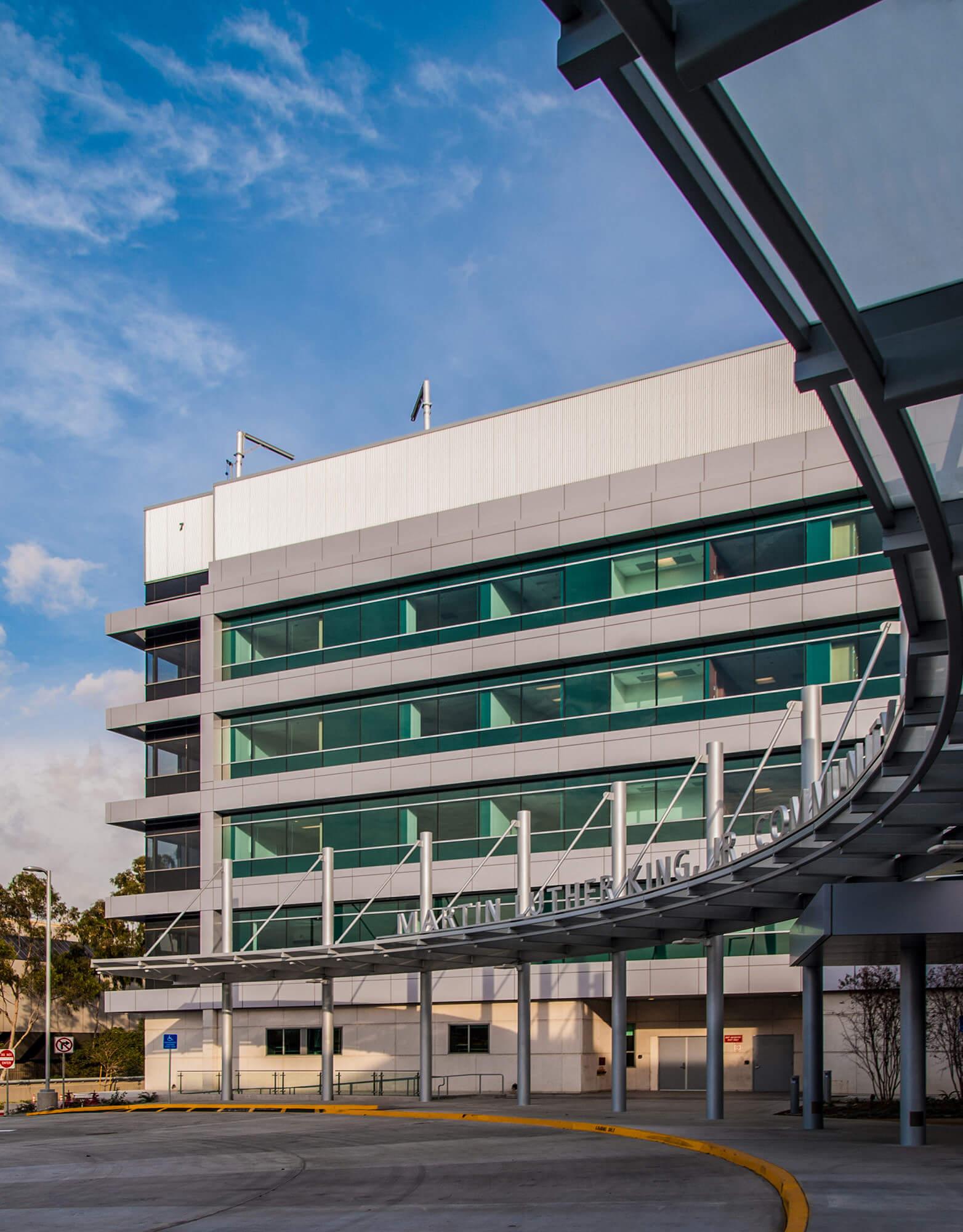
To meet the demands of this multi-phased, fast-tracked design-build project, JAMA’s team employed an incremental approach to OSHPD plan review and multiple permit packages to facilitate the accelerated construction schedule. The team also drew on a deep understanding of healthcare facility design, enhanced communication and shared information protocols, and detailed documentation standards.
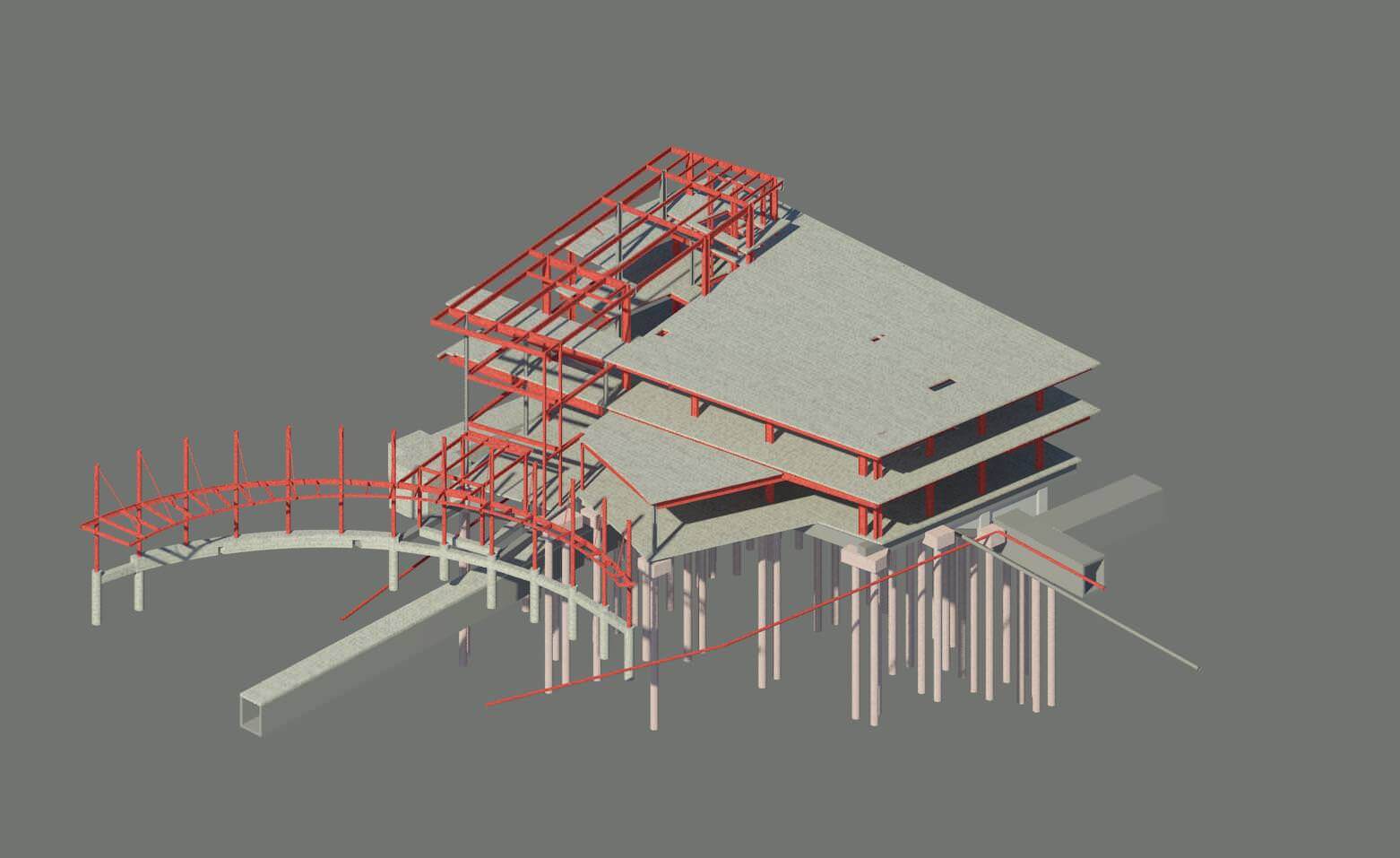
Rendering
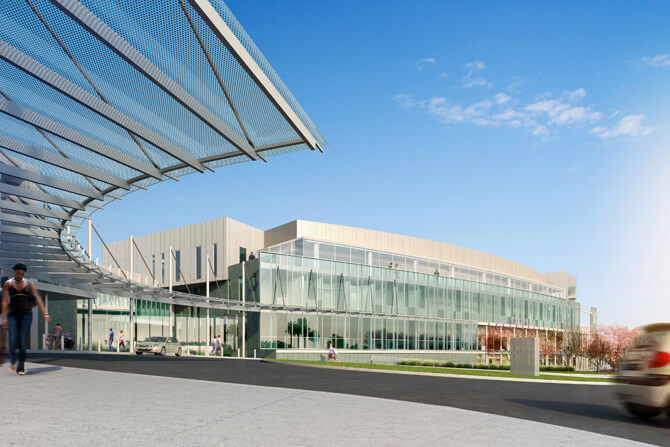
Inpatient Tower Renovation
As the centerpiece of the campus, renovation of the 194,000 square foot, 5-story plus basement Inpatient Tower involved carefully integrating the needs of MEP systems and a new exterior skin into the base isolated structure without triggering a full seismic upgrade. The renovated tower was designed to connect to an adjacent Ancillary Building via a second-level pedestrian bridge, and although the two structures were seismically separate, the tower renovation had to account for displacements up to 20 inches under earthquake loading in any direction.
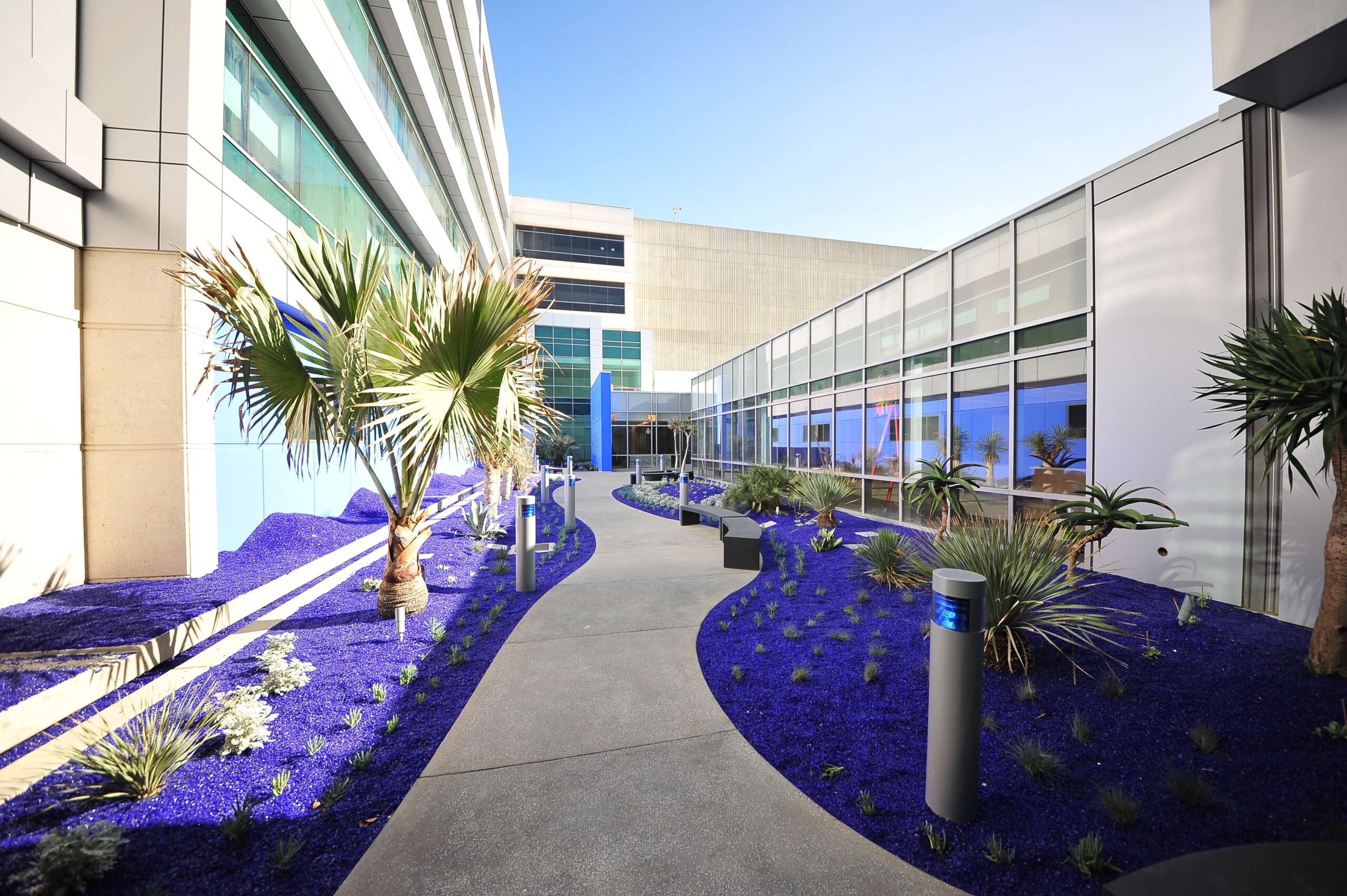
The team systematically validated alterations with OSHPD, and worked through the detailing for new MEP systems and architectural detailing. Collaborative plan reviews with OSHPD, which continued on all project components, included meetings to identify increments and phases to break up traditional submittals, creating smaller packages that could be quickly reviewed and approved. This ensured critical path construction activities could proceed without being dependent on unrelated component reviews and approvals.
Ancillary Building with Tunnels
The new 2-story, 23,000 square foot Ancillary Building was an important new campus component as it created a new front door for the Medical Center. The structure features a double height entry pavilion and lobby, and a campus cafeteria. It also houses hospital administrations offices on the second level where a corridor and bridge links it to the Inpatient Tower.
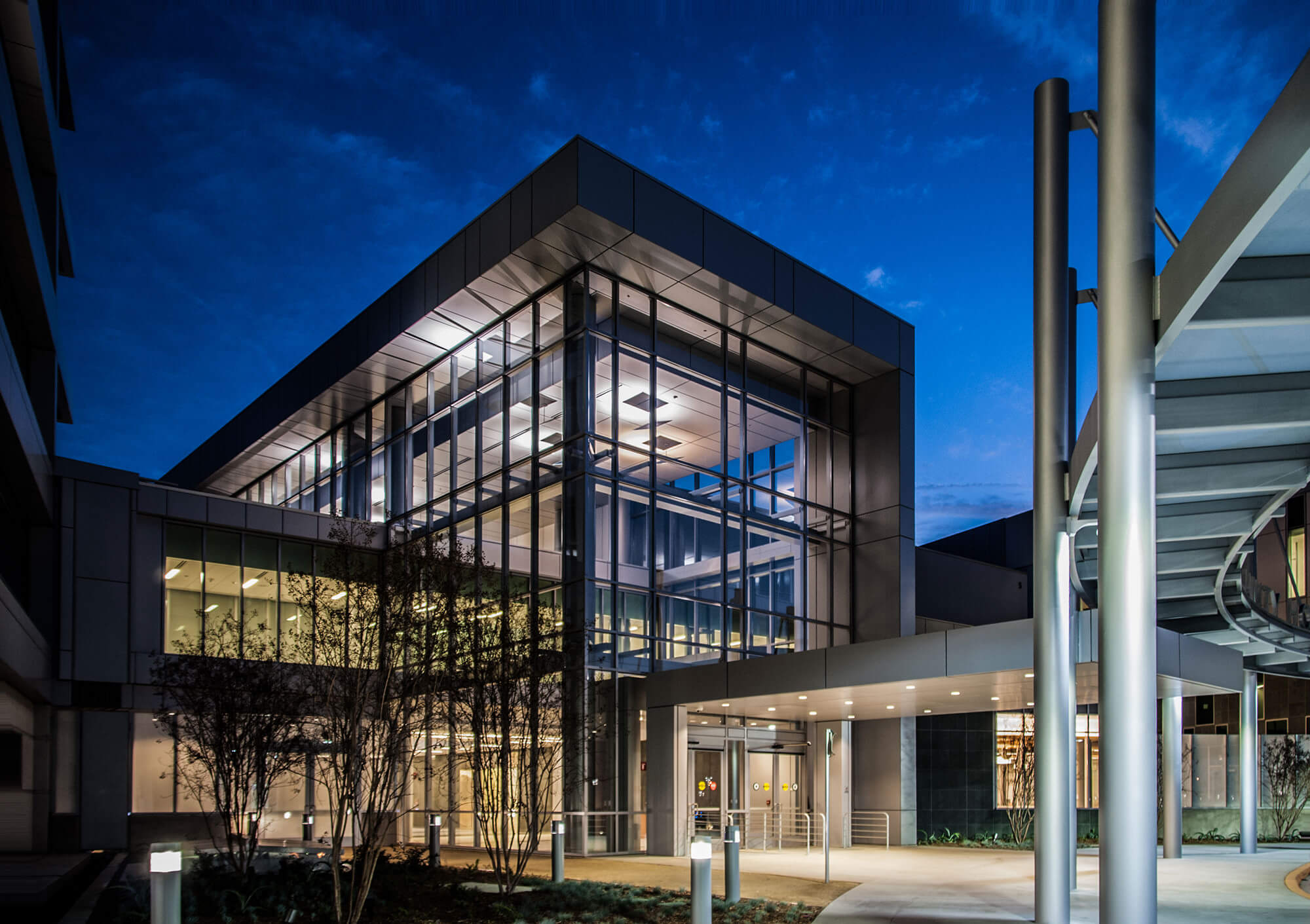
Ancillary Building
Hospital Support Building
An existing 2-story concrete structure, the Hospital Support Building underwent significant improvements to allow efficient back-of-house services for the new 120-bed acute care facility. The entire building was improved with new and renovated systems and new finishes throughout. Egress routes, including stairs, were adjusted and the basement was completely remodeled to provide for materials and waste management and a new kitchen. Mechanical units on the first floor and roof were also moved or eliminated to create more functional tenant zones.
Main Lobby and Admitting
The single-story Lobby and Admitting building also underwent significant tenant improvements to provide public services. Like the Support Building, the facility received new infrastructure and finishes, and more efficient placements of mechanical units. Outdated exterior panels and systems were replaced with more transparent glazing.
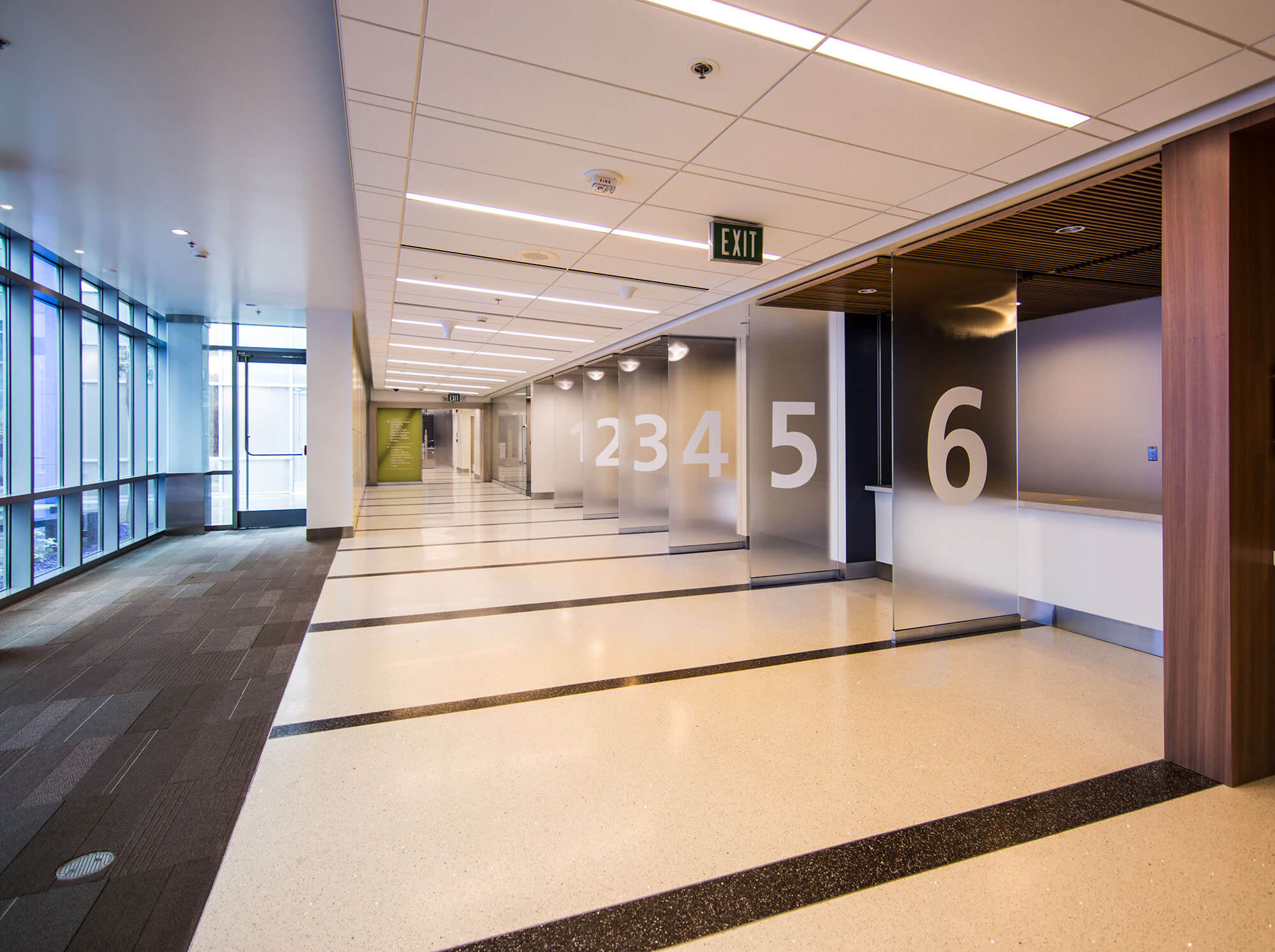
Admitting
Central Plant Buildings
A total of four Central Plant structures were addressed as part of the project. The existing Central Plant, which serves the entire campus, was structurally upgraded and renovated. A second plant that originally contained chillers and pumps was remodeled as a Boiler Plant and was brought online after the construction of a new central plant structure. A final new structure housing electrical switchgear and emergency generators was constructed to ensure variable speed technologies, modern controls, and capabilities to allow for future expansion.
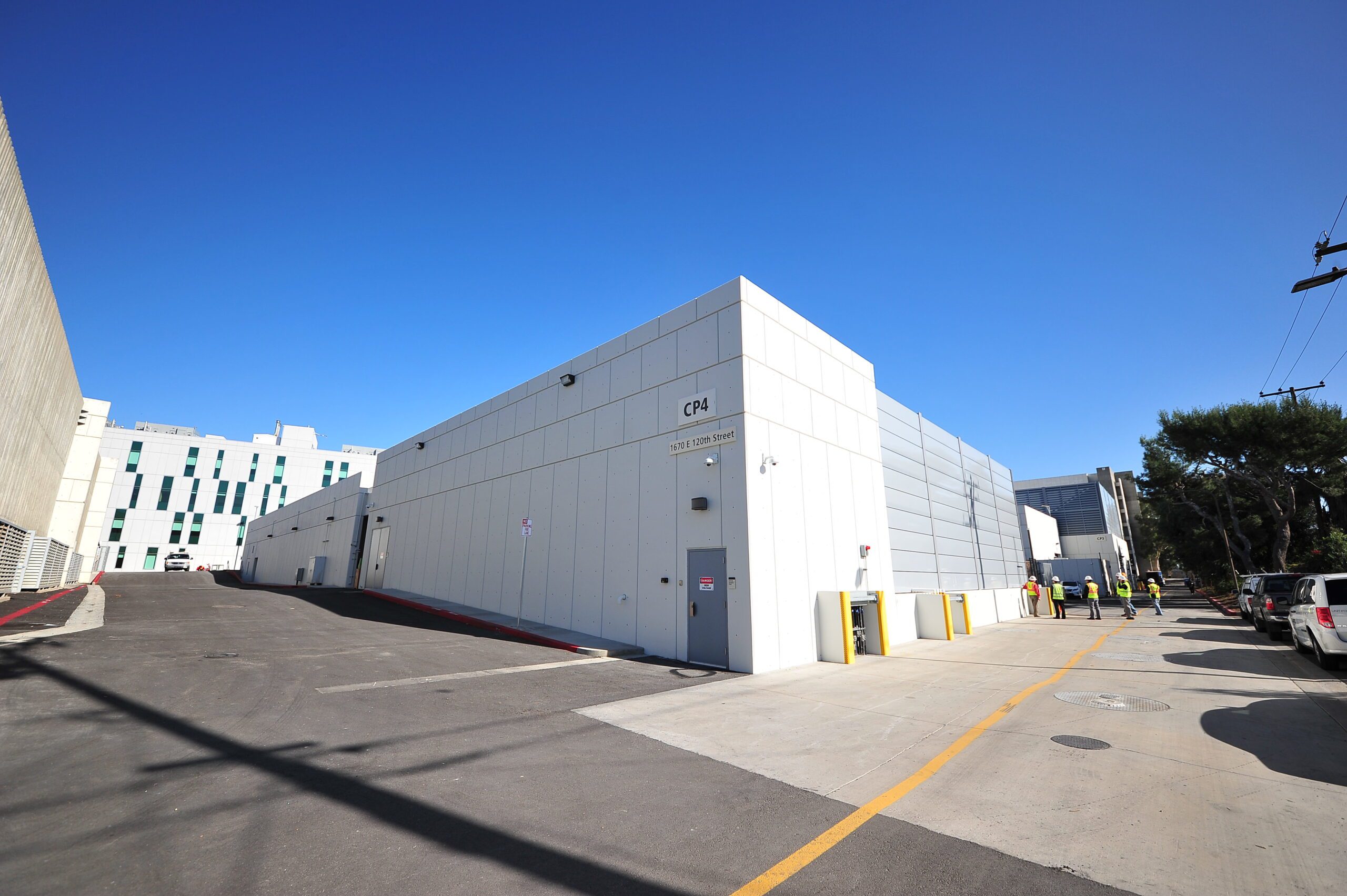
Central Plant

